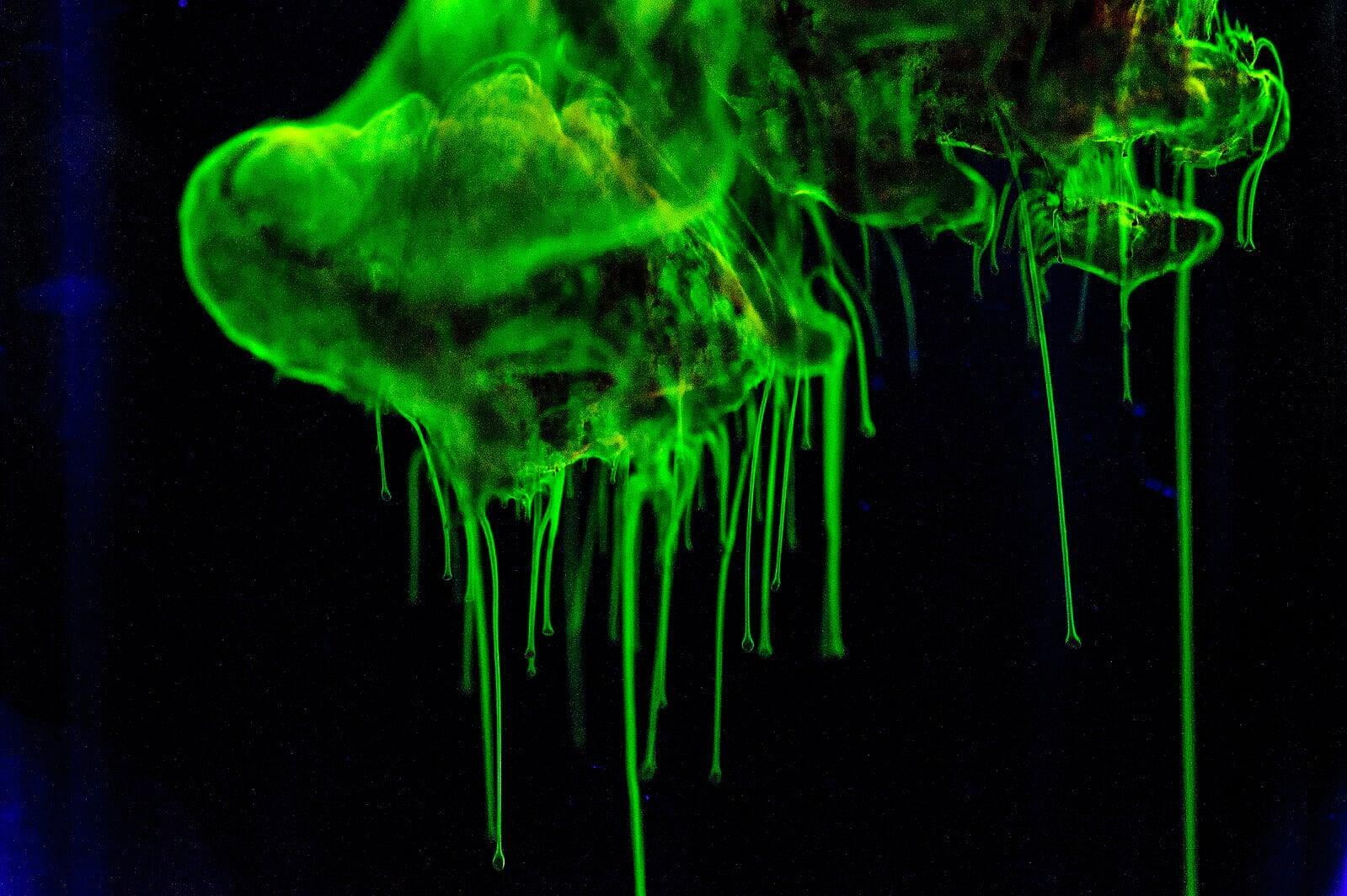Smelly, ubiquitous and dangerous

Ammonia (NH3) is a colourless, toxic and flammable gas formed by the reaction of Nitrogen with Hydrogen.
Although ammonia has a strong smell like mothballs it is particularly harmful at excessive levels and prolonged exposure to humans. It is the most common gas to leak in an industrial environment and, along with Carbon monoxide, causes the most gas related injuries each year. There are more ammonia leaks annually than any other toxic gas.
Ammonia is more soluble in water than any other gas, so when ammonia enters the body it quickly reacts with the water present to produce ammonium hydroxide which is a corrosive alkaline. This is what causes all the damage inside the body. One breath of 10,000ppm (1% by volume) of ammonia is enough to kill someone, but equally survivors of Ammonia exposure may get Ammonia posioning and can be left with nasty after-effects such as:
- Life long lung damage
- Blindness
- Chronic cough
- Cornea Ulceration
- Glaucoma
Ammonia has also been linked with COPD (Chronic obstructive pulmonary disease).
Ammonia has an 8 hour workplace exposure limit of 25ppm (parts per million), and 15 minute workplace exposure limit of 35ppm.
Ammonia is commonly used as an industrial refrigerant, also known as refrigerant R717. Unlike CFC’s ammonia contains no carbon and is not a greenhouse gas, however, it is more toxic and explosive than typically inert CFC’s. It is commonly found in the food, brewing, and leisure (Ice rinks) industries, but can occur anywhere where industrial refrigeration is used. It is also a common bi-product of the chemical industry being used in fertilizers.
The SGT NH3 is a low cost disposable personal ammonia monitor which is ideal for providing affordable protection for people working in areas where potential ammonia leaks can occur.

